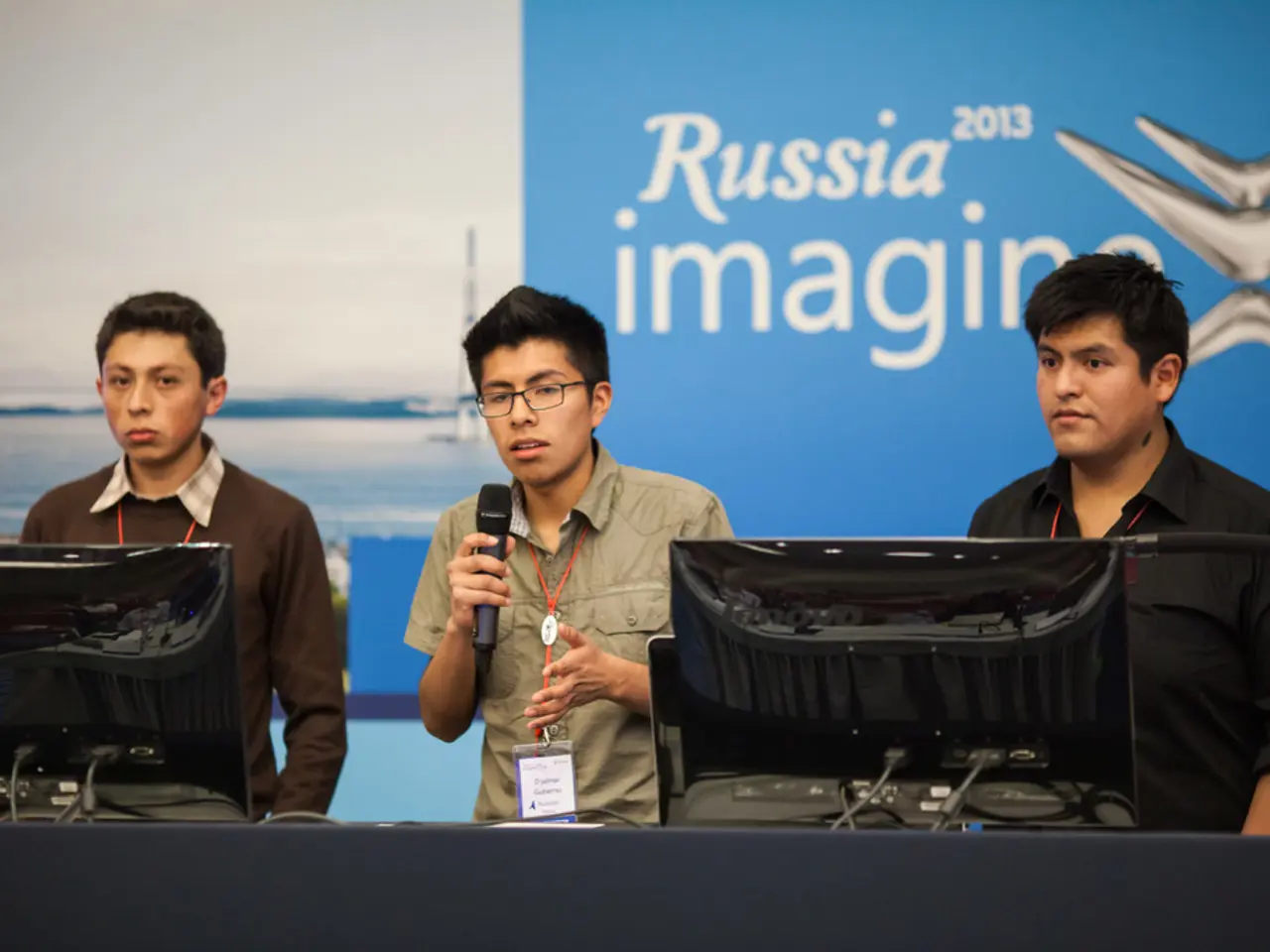Exploring the Genesis of Intel's Foundry: An In-depth Analysis of Their Foundry Integration Strategy
In a significant shift announced at the inaugural IFS Direct Connect event in Santa Clara on February 21, 2024, Intel unveiled its ambitious plans to reposition itself as a dominant force in the foundry market. The company is aiming to lead the semiconductor manufacturing landscape through a blend of advanced technology, geographic diversification, and ecosystem collaboration, as part of its broader IDM 2.0 strategy.
Intel Foundry, the rebranded and consolidated unit of its foundry operations, is set to offer more than just manufacturing services. By providing expertise in system architecture, software, and advanced packaging technologies, it differentiates itself from traditional wafer fabrication companies. This comprehensive approach, termed the "Systems Foundry," could potentially reshape the semiconductor landscape and accelerate the development of next-generation technologies.
The Systems Foundry approach encompasses all aspects of chip manufacturing, from design to packaging. It is a strategic focus area where Intel aims to leverage its manufacturing and IP strengths, particularly in the area of AI-optimized chips and integration with AI workloads. This focus on AI-centric innovation positions Intel Foundry for potential success in the years to come.
One of the key highlights of Intel Foundry's offering is the 18A node, its most advanced manufacturing process. This node features RibbonFET transistors and PowerVia backside power delivery, promising high performance and power efficiency. The partnership with Arm allows customers to utilize Arm's energy-efficient Neoverse CPU architecture on Intel's 18A manufacturing process, opening up new possibilities for data center and AI applications.
In addition to technological advancements, Intel Foundry is investing heavily in new fabs. A $20 billion facility in Ohio and mega fabs in Magdeburg, Germany are aimed at bolstering domestic and strategic manufacturing capabilities starting around 2025-2027. These investments reflect Intel's commitment to manufacturing resiliency and geographic diversification.
While the foundry segment currently operates at a significant loss, Intel's strategic progress and partnerships signal a bold ambition to reshape the semiconductor landscape. Early commitments from major customers such as Microsoft and Amazon Web Services validate Intel Foundry’s capabilities, securing business for Intel’s advanced nodes (Intel 3 and 18A) and providing critical credibility.
Intel is actively forging partnerships with key players in the semiconductor ecosystem, including Arm, EDA tool vendors, and IP providers. These collaborations are intended to strengthen Intel Foundry's position as a preferred foundry partner for next-generation computing technologies, including AI-centric platforms.
In summary, Intel Foundry is repositioning itself as a strategic pillar in the semiconductor industry with a strong emphasis on advanced process technology leadership, comprehensive service offerings, geographic and supply chain resilience, and AI-driven innovation. By nurturing a robust ecosystem, combining internal and external manufacturing, and building strategic partnerships, Intel aims to become a preferred foundry partner for next-generation computing technologies, including AI-centric platforms. The future of Intel Foundry involves challenging established players like TSMC and reshaping the semiconductor landscape in the AI era.
- Intel Foundry's innovative "Systems Foundry" approach, focusing on AI-optimized chips and integration with AI workloads, could potentially reshape the semiconductor landscape and accelerate the development of next-generation technologies.
- The 18A node, Intel Foundry's most advanced manufacturing process, featuring RibbonFET transistors and PowerVia backside power delivery, promises high performance and power efficiency.
- Intel Foundry is investing heavily in new fabs, with a $20 billion facility in Ohio and mega fabs in Magdeburg, Germany, aimed at bolstering domestic and strategic manufacturing capabilities starting around 2025-2027.
- By nurturing a robust ecosystem, combining internal and external manufacturing, and building strategic partnerships with key players, Intel aims to become a preferred foundry partner for next-generation computing technologies, including AI-centric platforms, and potentially challenge established players like TSMC in the AI era.




